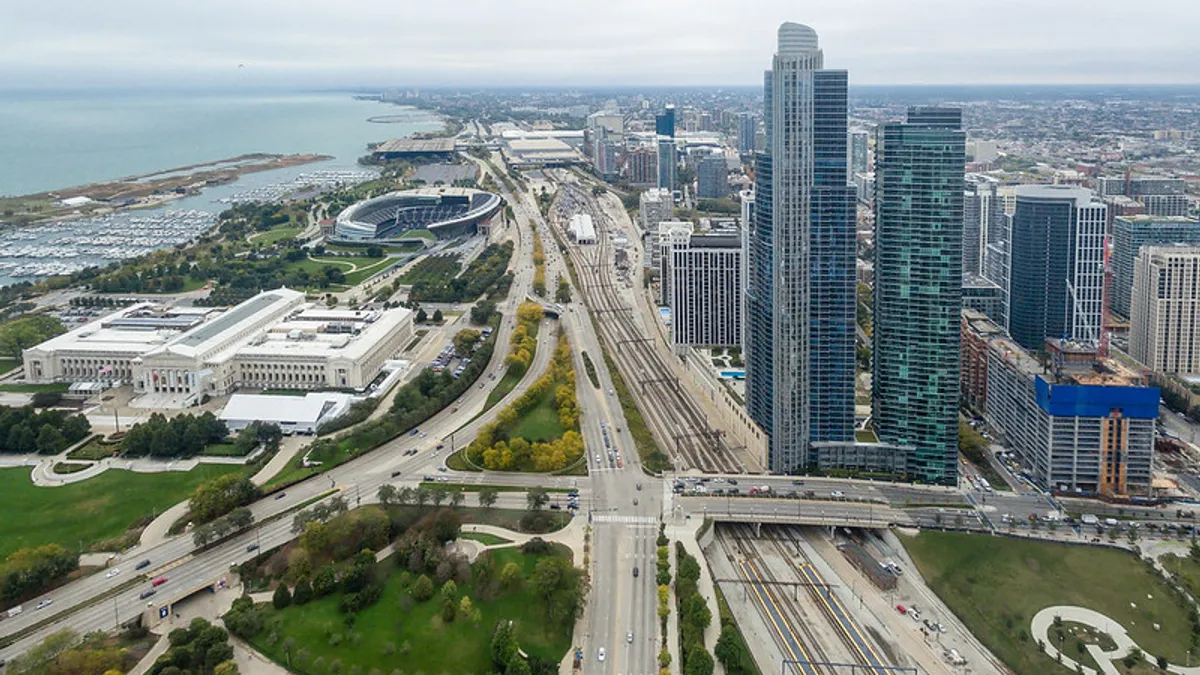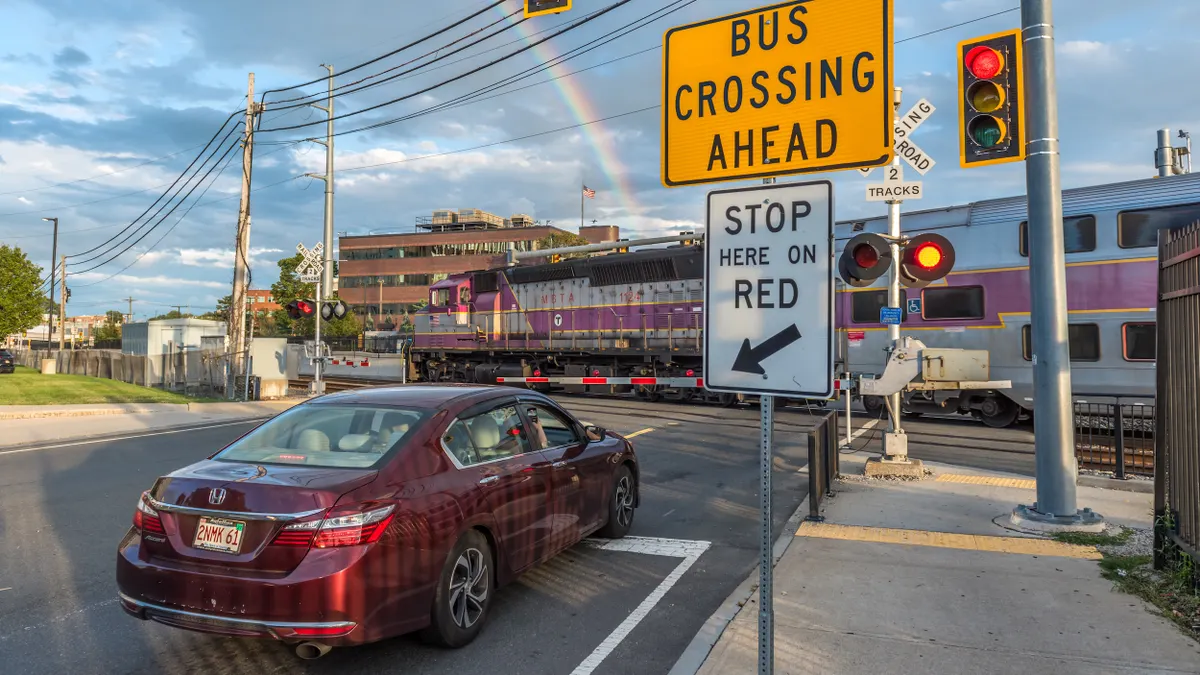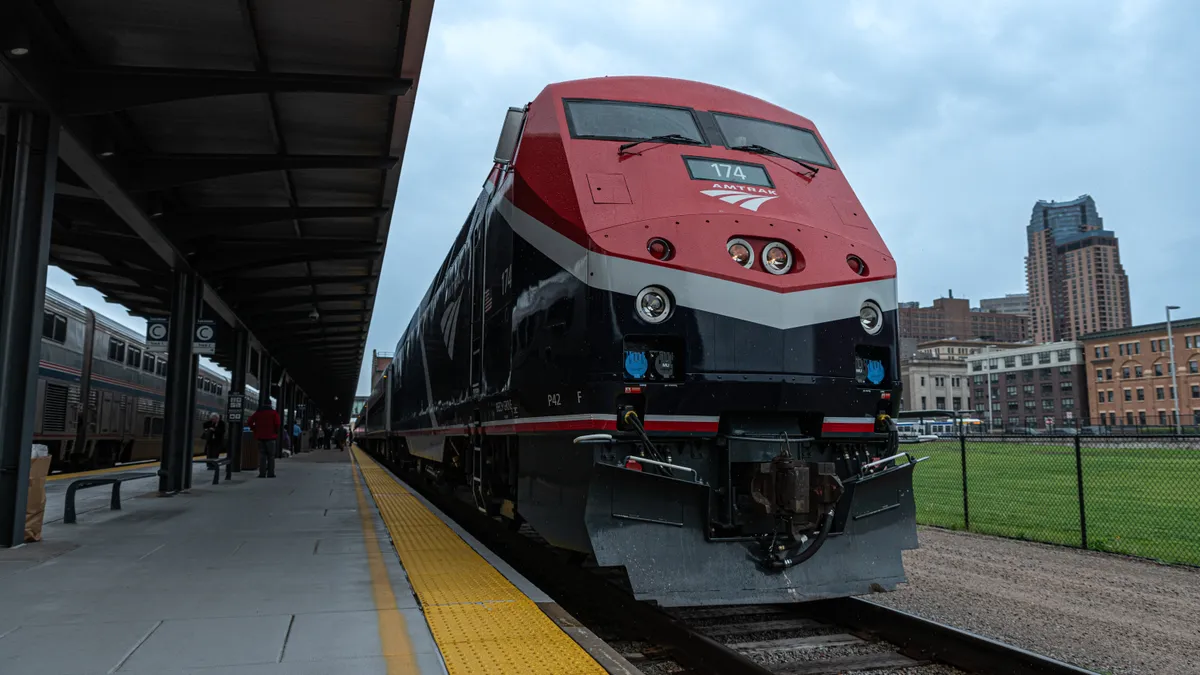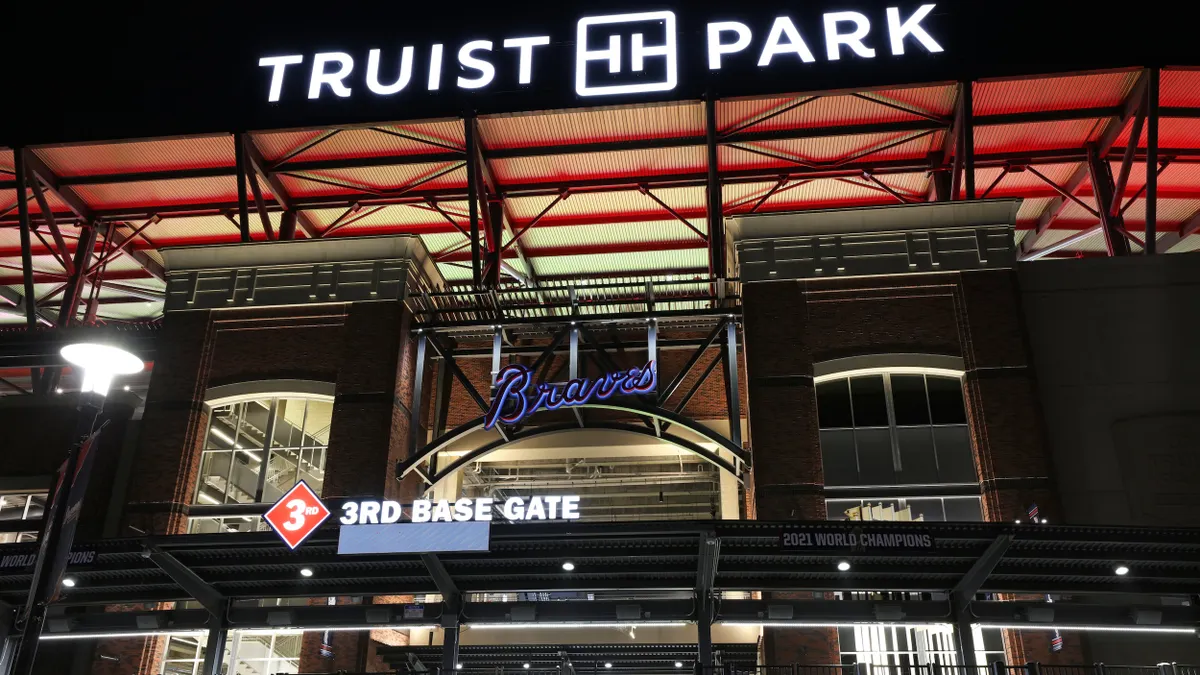On April 15, nearly 60 vehicles were involved in a pileup on Chicago’s Kennedy Expressway during an early morning snowfall. The crash sent 14 people to area hospitals, making headlines for adding strain to an overwhelmed health care system.
Icy roads were to blame for the incident but speed could have also been the culprit, Block Club Chicago reports. In fact, as most residents shelter in place and stay off roadways, Chicago metro-area highways speeds have increased 20%.
And the Windy City isn’t the only place where people are driving with a lead foot.
As more cities become "congestion-free" — something transportation planners once could only theorize about — urban roadways nationwide have experienced significantly faster speeds, potentially becoming more dangerous to pedestrians, cyclists and other drivers.
Seattle was one of the first cities to offer a preview of how the pandemic would impact traffic patterns. Trips to downtown Seattle decreased 36% on average the week of March 9 compared to normal rates. Average morning speeds on state highways and interstates increased by 15 mph, which was almost the rate of "free flow" or no congestion speeds, according to transportation analytics company INRIX.
By the week of March 13 to March 20, INRIX noted significant increases in traffic speeds in Chicago, Los Angeles and other major cities as more people isolated at home. Los Angeles drivers increased speeds up to 75% on average within a week. And congestion more or less ceased to exist across the country.
"COVID-19 has managed in three weeks to achieve what generations of planners and policymakers could not, it eliminated traffic congestion," INRIX transportation analyst Trevor Reed wrote in a blog post.
As of April 26, total vehicle miles traveled decreased 92% in New York City, 75% in Chicago and 86% in San Francisco, according to big data mobility company StreetLight Data. Nationally, personal travel was down 41% the week of April 18 to April 24, according to INRIX.
'Whether people live or die is based largely on speed'
While less congested streets can produce a number of benefits including improved air quality and lowered greenhouse gas emissions, less traffic also goes hand-in-hand with higher speeds.
Drivers are traveling significantly faster and at rates above the speed limit, according to INRIX spokesperson Mark Burfeind.
The high speeds pose threats to pedestrians, cyclists and other drivers, particularly as some pedestrians and cyclists might feel more confident to use street space with fewer cars on the road.
"It really is speed that matters most," Vision Zero Network Founder and Executive Director Leah Shahum told Smart Cities Dive. "Whether people live or die is based largely on speed."
About 5% of pedestrians could die when struck by a vehicle moving at 20 mph at impact, but that number jumps to 40% for a vehicle traveling 30 mph; 80% for vehicles traveling 40 mph and almost 100% for a speed above 50 mph, according to research from the National Highway Traffic Safety Administration (NHTSA).
Before the pandemic, cities were already struggling to reduce traffic deaths and get a handle on their Vision Zero goals. Pedestrian and cyclist deaths in 2018 reached their highest rate since 1990, according to NHTSA.
Austin, TX experienced nearly triple the number of traffic deaths in January alone compared to the same time last year. Speed was the main cause of 24% of the city’s traffic crashes resulting in death from 2013-2017, and is one of the top four contributors to traffic fatalities along with drunk driving, distraction and lack of yielding, according to the City of Austin.
Not all health crises are contagious; roadway crashes are another public health epidemic, Shahum said. "Traffic crashes are one of the biggest killers of people around the world and it is a preventable cause of death," she said.
Crashes aren’t dropping at the same rate as traffic
So far, it appears there’s good reason to be concerned about car speeds. The crash rate in cities is not declining at the same rate as congestion, according to experts, and the severity of crashes appears to be worsening.
"If you get rid of congestion, then the number of accidents decrease but the severity increases because they are going at a higher rate of speed in general," Bob Pishue, a transportation analyst at INRIX, told Smart Cities Dive. Nationally, the drop in driving has not fallen proportionally to the rate of crashes, according to Pishue.
Chattanooga, TN has seen about a 30% to 50% decrease in traffic since mid-March, Blythe Bailey with the Chattanooga Department of Transportation told Smart Cities Dive. But the rate of crashes has not fallen at the same pace, he said.
Since the mayor issued a shelter-in-place order on March 13, Chattanooga drivers are traveling on average about 12 mph faster than normal, according to Smart City Director Kevin Comstock. The city has also experienced "a higher crash rate and a higher injury rate despite the reduction in traffic volume," he said via email.
Austin, TX is experiencing a similar issue. The city's major intersections are seeing 50% fewer cars when comparing data from March to January and February. But the overall crash rate has only decreased 20% and serious injuries have jumped to 20%.
"This data may indicate drivers who caused recent car crashes were driving at higher speeds," Lewis Leff, transportation safety officer for the City of Austin, said in a statement.
Envisioning a different future
As the economy starts to recover, there may be noticeable differences in travel patterns depending on regions.
"We’re questioning the status quo in a tragic way in many ways," Shahum said. "But it also can encourage us to reflect on what kind of future... we want."
Car-free streets could be part of that future as cities from Oakland, CA to Philadelphia have led the way in opening their streets to pedestrians. Oakland’s "Slow Streets" movement involves 74 miles of roads with restricted access to vehicles. Neighbor San Francisco recently followed suit, temporarily closing a number of select streets to allow for social distancing.
Today's congestion-free streets have allowed transportation planners and other experts to move beyond theory-based predictions about what streets would like without cars, according to Pishue. They can now accurately assess some of those programs and policies based off data to make better decisions about what works best in moving people around cities.
To keep up with all of our coverage on how the new coronavirus is impacting U.S. cities, visit our daily tracker.





















